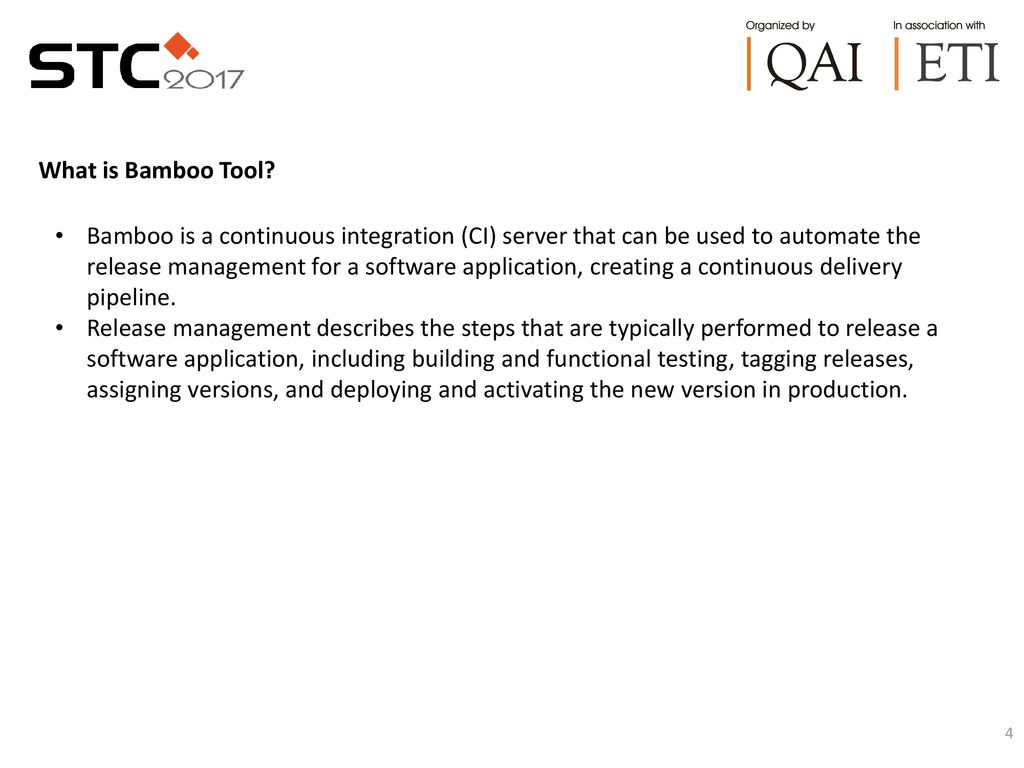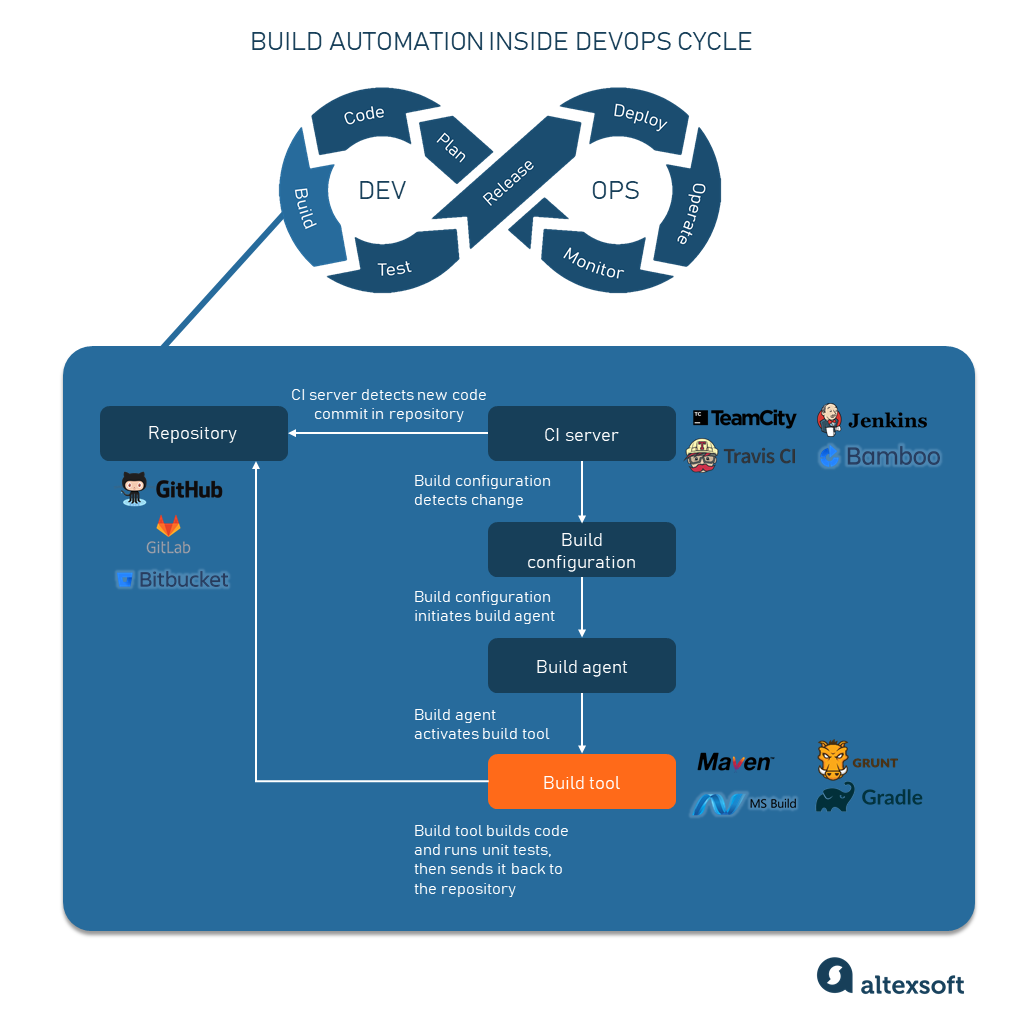
Jenkins continues to dominate the market looking for a solution to build a continuous delivery pipeline as it has more than 165,000 active installations. Jenkins was released much earlier than Bamboo, and it immediately started gaining popularity among organizations.Īlso, if you look at the current Google Trends of these tools, you will clearly observe that Jenkins is much ahead in the competition. On comparing these tools based on popularity, Jenkins definitely wins and is much more popular than Bamboo. In this face-off on Jenkins vs Bamboo, I will be comparing both these tools based on the following grounds:

#BAMBOO SOFTWARE TOOL CODE#
With Bamboo, you can ensure high quality and status, get end-to-end visibility into release implementation and spend maximum time writing the code rather than integrate various software. It comes with the flexibility to use various tools, easy to use graphical user interface and allows the developers to use CI/ CD methodologies. Developed by Atlassian in 2007, this tool allows the developers to automatically build, document, integrate, test the source code and prepare an app for deployment. What is Bamboo?īamboo is an automation server used for Continuous Integration. Next, in this article on Jenkins vs Bamboo let us understand the basics of Bamboo. Refer to the image below to understand the role of Jenkins in various DevOps stages:
#BAMBOO SOFTWARE TOOL INSTALL#
For example, if you want to use a particular tool, then you just need to install the required plugins for that particular tool.

It provides various plugins to allow integration of various DevOps stages.

Also, Jenkins integrates the development life-cycle process of different kinds such as build, document, test, package, stage, deploy, static analysis and much more. This tool also aims to continuously deliver software by integrating a large number of testing and deployment software.īy using Jenkins, startups and hyper-growth companies can accelerate the software development process through automation. Written in Java, Jenkins is used to build and test software projects and makes it easy for developers to integrate the required changes to the project. Jenkins is one of the most popular tools in today’s market, built for Continuous Integration purposes. To understand, read this article which talks about the usability face-off between Jenkins vs Bamboo.īefore, we look into the differences between Jenkins and Bamboo, let us understand the basics of Jenkins and Bamboo. So before using them in your DevOps lifecycle, you must understand what exactly they are and how do they work. Jenkins and Bamboo are leading automation servers with plugins built for continuous integration. Learn which of these continuous integration tools is right for you.


 0 kommentar(er)
0 kommentar(er)
